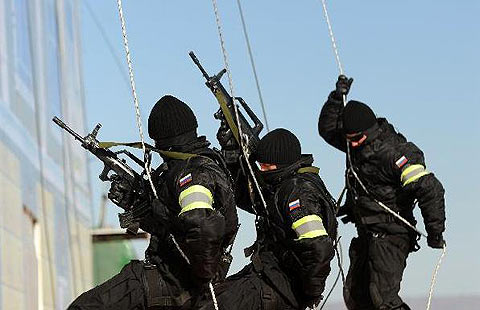From military model to market forces
Updated: 2014-10-28 08:17
By Peng Yining(China Daily)
|
||||||||
Wartime necessity drives technology
Throughout history, warfare has presented unique challenges that have prompted the development of new technologies. As far back as the Roman Empire, military necessity drove the rise of technology and innovations that have transcended their original applications, such as the Roman road system, which was originally built to facilitate the transport of troops, but civilians were the ultimate beneficiaries.
Five similar innovations:
1. The Internet: The earliest form of the Internet first saw the light of day in 1962, when the US Defense Department's Advanced Research Projects Agency laid the groundwork of ARPANET, a revolutionary "packet-switching" (data communications) system and created a network of geographically separate computers that were able to exchange information.
2. Global Positioning System: GPS, also the brainchild of the US Defense Department, was first used in the 1970s to overcome the limitations of previous military navigation systems. Today, GPS provides secure, commercial channels for accurate navigation.
3. Duck, or duct, tape: During World War II, an adhesive tape was developed for use as a sealant for ammunition cases. Nicknamed "duck tape" because of its ability to repel water, the material was easy to tear into strips, making it quick and convenient to use. Following the war, the tape entered civilian use as a way of holding ducts together, and evolved from a brandless, green army tape to the familiar gray duct tape we know today.
4. Cryptography: Cryptography has a long history of military use, from Julius Caesar's letter-shifting ciphers to the famous Enigma machine used to encode the Germany army's communications during World War II. Now, with the assistance of highly developed mathematical theory and computer science, modern cryptography is the core of secure communications in banking, e-commerce, and many other applications.
5. Nursing: The foundations of professional nursing were laid by Florence Nightingale, a British nurse, during the Crimean War (1853-56). Subsequently, every major conflict prompted dramatic developments in the field, and the modern system of nursing employed in civilian hospitals across the world today evolved from the practices used in battlefield hospitals.

 Forging a bond
Forging a bond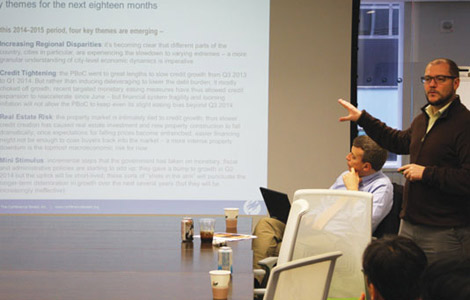
 China's economy in 'transition': expert
China's economy in 'transition': expert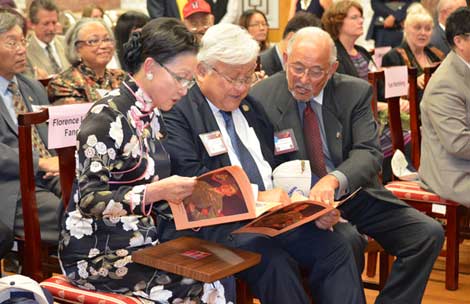
 WWII's Flying Tiger veterans saluted
WWII's Flying Tiger veterans saluted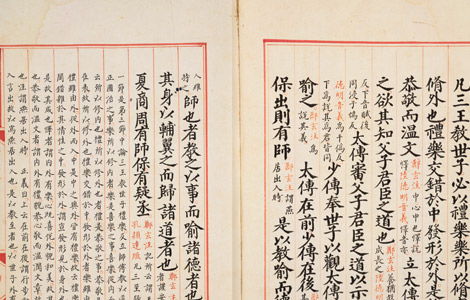
 600-year-old Chinese book found in California
600-year-old Chinese book found in California
 China's growing role in Mexico not a threat to US: expert
China's growing role in Mexico not a threat to US: expert
 Beijingers see blue sky again after smoggy days
Beijingers see blue sky again after smoggy days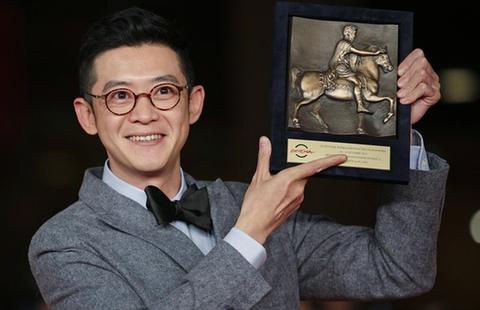
 9th Rome Film Festival kicks off
9th Rome Film Festival kicks off
 Highlights of China Fashion Week
Highlights of China Fashion Week
Most Viewed
Editor's Picks

|

|

|

|

|

|
Today's Top News
Man guilty of murder in attack on Chinese students
Chinese economy to decline: experts
Reductions considered for capital punishment
China's economy in 'transition': expert
Investors eye US-made plastic alternative
China's growing role in Mexico not a threat to US: expert
Redesigned SAT test 'won't brainwash'
600-year-old Chinese book found in California
US Weekly

|

|


